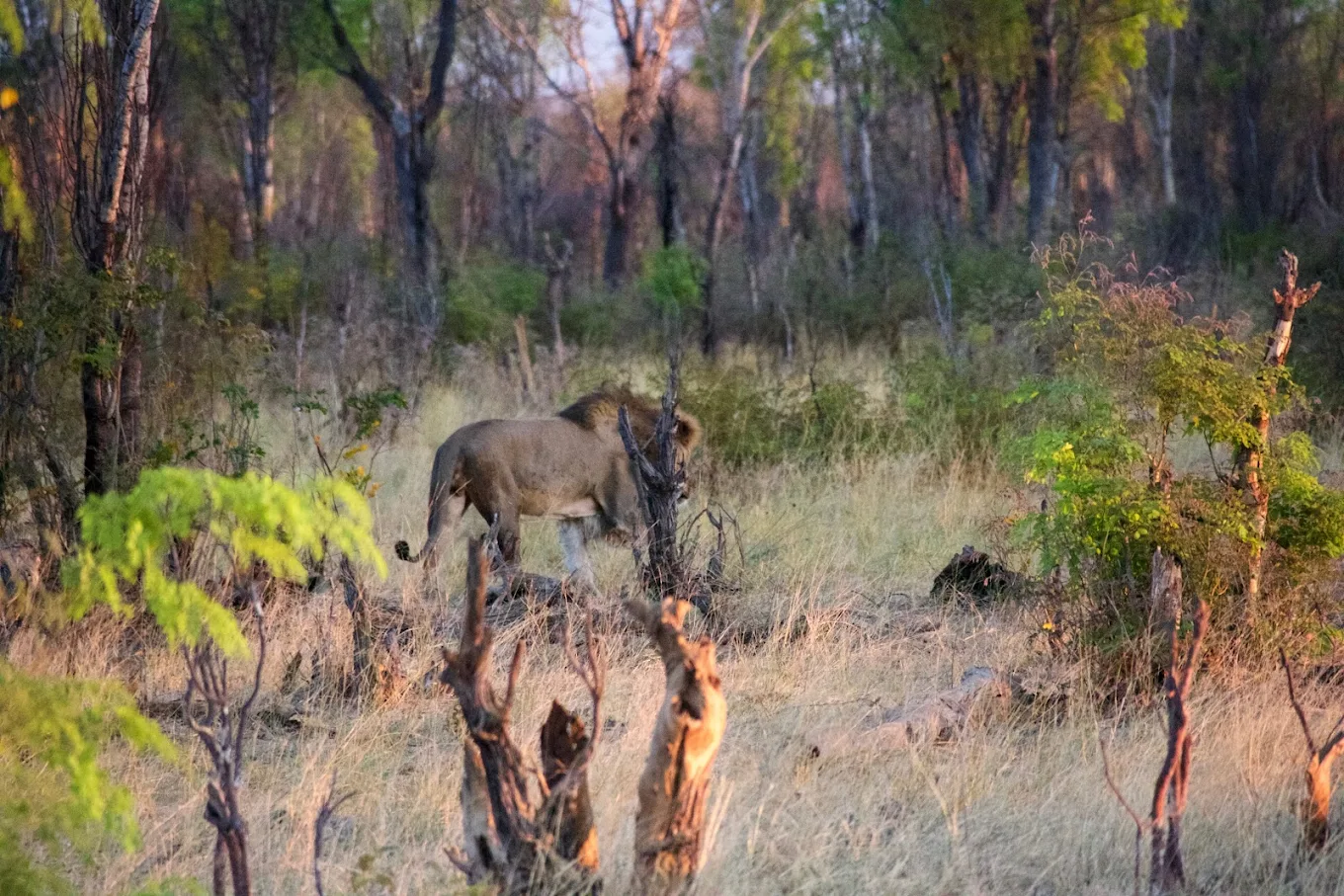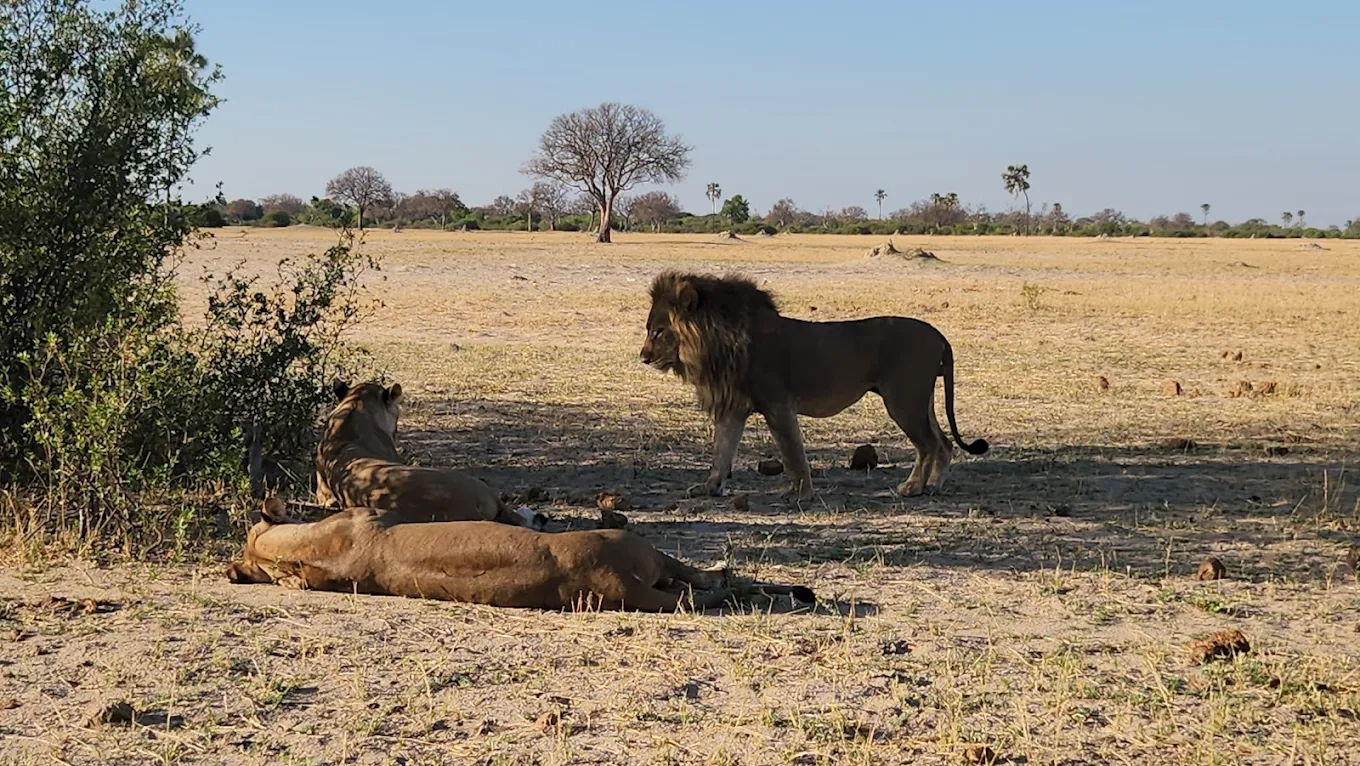
Hwange National Park, the largest in Zimbabwe, spans approximately 14,600 square kilometers and is located in the country’s northwest near the borders with Botswana and Zambia. It is known for its exceptional biodiversity, including over 100 mammal species and nearly 400 bird species. Hwange is particularly famous for hosting one of Africa’s largest elephant populations, as well as lions, leopards, cheetahs, and African wild dogs.
The park features a diverse landscape, including savannahs, woodlands, and Kalahari sandveld. Despite lacking permanent rivers, it maintains water sources through a network of solar-powered pumps, which are vital during the dry season. Established in 1928 and designated a national park in 1949, Hwange has faced challenges such as poaching and funding shortages. However, collaborative conservation efforts have strengthened its protection and sustainability.

Tourism is a key component of Hwange’s conservation model, offering a range of experiences from game drives to walking safaris. Its proximity to Victoria Falls makes it a convenient and popular destination for visitors seeking authentic wildlife encounters.
Hwange continues to play a crucial role in regional conservation and biodiversity protection, adapting to modern challenges while preserving the natural heritage of Zimbabwe.
Zimbabwe Entertainment News






